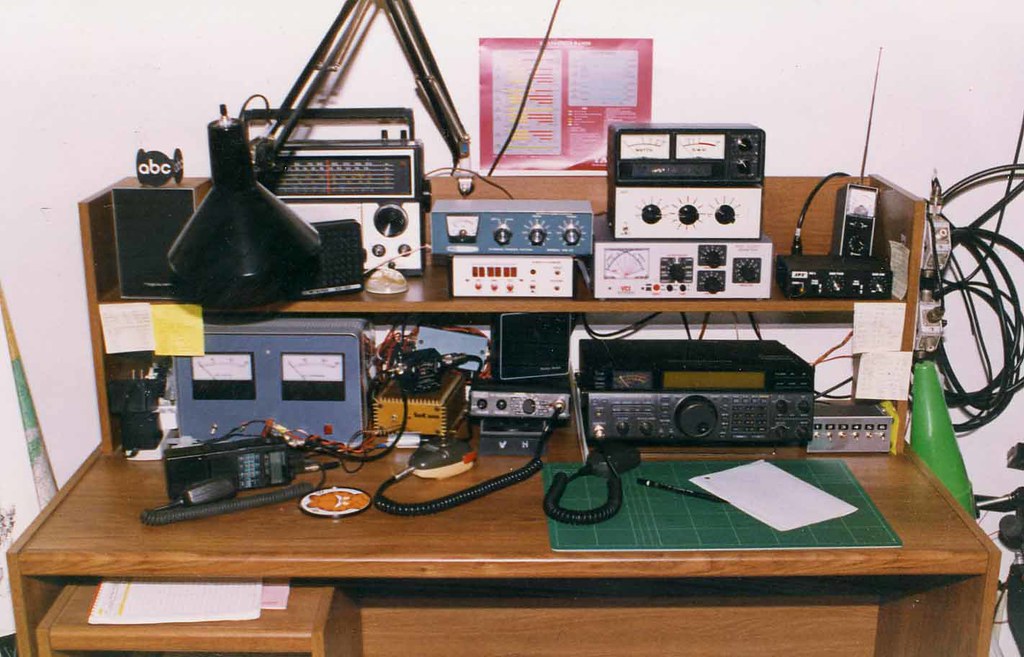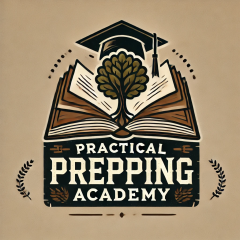
In a world where communication networks can fail during emergencies, Ham radio stands out as a reliable lifeline. Whether you’re preparing for natural disasters, grid failures, or societal breakdowns, learning how to use a Ham radio can be a game-changer for staying connected. This guide will walk you through the basics of Ham radio, why it’s essential for preppers, and how to get started.
Why Ham Radio is a Must-Have for Preppers
📡 Reliable Communication When SHTF: When cell towers and the internet go down, Ham radios keep working. They operate independently of infrastructure, making them ideal for emergencies.
🌍 Long-Distance Reach: Unlike walkie-talkies or CB radios, Ham radios can communicate across vast distances—even globally—depending on the frequency and conditions.
🔒 Secure and Private: Ham radio transmissions are harder to intercept than digital communications, offering a layer of privacy during crises.
🛠️ Skill Building: Learning Ham radio isn’t just about gear—it’s about developing a valuable skill that can help you and your community in a disaster.
What You’ll Need to Get Started
📋 1. Get Licensed
Operating a Ham radio legally requires a license. Don’t worry—it’s easier than you think!
- Study Resources: Check out the ARRL Ham Radio License Manual (available in our Survival Library).
- Take the Test: Find a local exam session through the ARRL website.
📻 2. Choose Your Radio
Here are some beginner-friendly options:
- Baofeng UV-5R: Affordable and versatile, perfect for beginners.
- Yaesu FT-60R: Durable and user-friendly, great for field use.
- Icom IC-7300: A more advanced option for those ready to dive deeper.
📚 Recommended Reading: For a deep dive into using the Baofeng radio, check out The Guerilla’s Guide to the Baofeng Radio in our Survival Library.
🎧 3. Essential Accessories
- Antenna: Upgrade your radio’s range with a high-quality antenna.
- Battery Pack: Ensure you have backup power for extended use.
- Headset: For clear communication in noisy environments.
Learn the Basics: Key Concepts for Beginners
📶 Frequencies and Bands
- VHF (Very High Frequency): Ideal for local communication.
- UHF (Ultra High Frequency): Better for urban areas with obstacles.
- HF (High Frequency): Allows for long-distance communication.
📡 How to Make Your First Call
- Listen First: Tune into a frequency and listen to ongoing conversations.
- Identify Yourself: Use your call sign (assigned after licensing).
- Keep It Simple: Start with a clear and concise message.
🗺️ Networking and Emergency Protocols
- Join local Ham radio clubs or networks to practice and build connections.
- Learn emergency protocols like SOS signals and weather alerts.
YouTube Playlist: Ham Radio Tutorials
▶️ To help you visualize and practice, here’s a curated playlist of beginner-friendly Ham radio tutorials and lessons:
Related Articles and Resources
📖 Books to Explore:
📄 Articles to Read Next:
- Emergency Signaling: How to Get Rescued When SHTF
- Best Satellite Phones for Preppers (coming soon!)
Final Thoughts
Ham radio is more than just a tool—it’s a skill that empowers you to stay connected, informed, and prepared when it matters most. By getting licensed, choosing the right gear, and practicing regularly, you’ll be ready to handle any communication challenges that come your way.
Join the Conversation
💬 What’s your experience with Ham radio? Have you used it in an emergency, or are you just getting started? Share your thoughts and questions in the comments below! 👇
Navigation: 🏠 Home | 📚 Library | More 🗺️ Communication & Navigation



